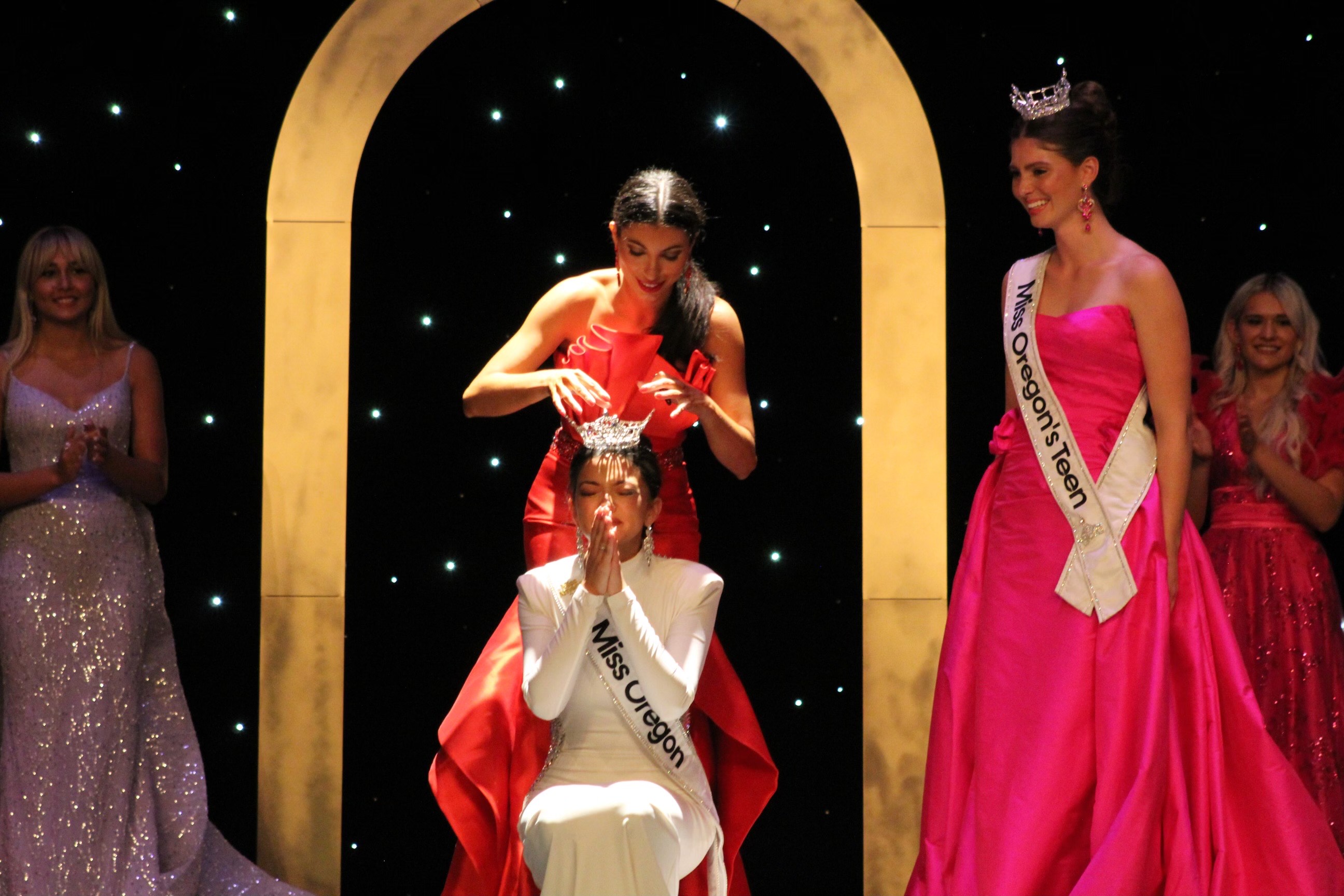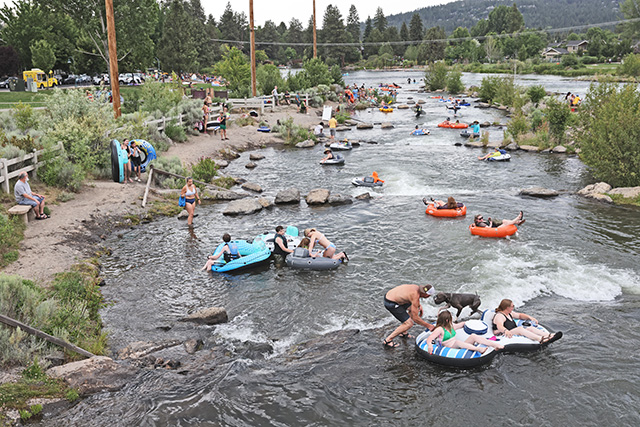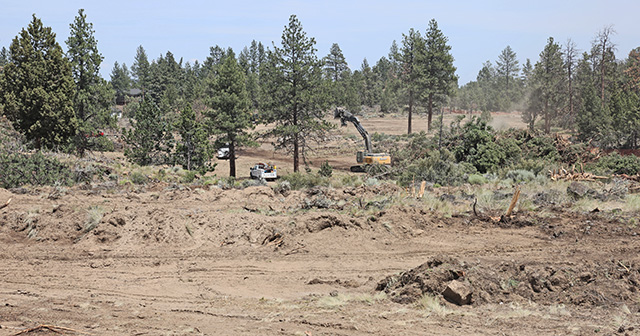Matsura photo exhibition captures changing High Desert of early 20th century
Published 3:30 pm Wednesday, January 29, 2025

- Unnamed Maker (Interior Salish and Sahaptin), [Woman’s Beaded Bag], c. 1900-1925, buckskin, glass beads, cotton, 11 x 9 1/2 in.
In 1903, Frank S. Matsura arrived in Washington state’s Okanogan County, which had recently been established along the U.S.–Canadian border.
A native of Japan, Matsura, born in 1873, had studied English and photography before immigrating by ship to Seattle in 1901. Though he first set out for Northeastern Washington to take a hotel job he’d been offered, Matsura quickly established himself as a photographer in the town of Okanogan, which was experiencing a rapid transformation in the early 20th century.
“This was a time of a bustling, growing frontier town, a crossroads between maybe the historic West and the new century, with the modernity of technology and other things that were happening at that time,” said Michael Holloman, co-curator of a new exhibition of Matsura’s photography opening Saturday at the High Desert Museum in Bend.
“Frank S. Matsura: Portraits from the Borderland” opens Saturday and features 22 large-scale, black-and-white photographs along with cultural items to tell the stories of the Native peoples of the High Desert in the early 1900s.
Holloman, who serves on the faculty of the art department at Washington State University and regularly works with the High Desert Museum in an advisory capacity, is writing a book on Matsura and his photography. Holloman is an enrolled member of the Confederated Tribes of the Colville Reservation, where he grew up across the Okanogan River from the town of Okanogan, where Matsura settled and opened his studio.
The creation of the Confederated Tribes of Colville in the 1870s placed tribes from throughout Eastern Washington on a reservation in the northern homelands of the few tribes including the Okanogan, who still lived on those lands, Holloman said.
“With that, the community, as much as it was a lot of people from early settlers to recent arrivals, kind of looking at opportunity —cattlemen, miners, all these things — was being transformed into a community of agriculture,” he said.
Documenting all this was Matsura, whom Holloman referred to as “the local hero,” a well-liked man embraced by the townspeople and the members of the adjacent reservation.
“He photographed anything that people wanted,” Holloman said, including the first automobile to visit Okanogan. “A lot of the photographs were images of all the different events that were happening in the town. That in and of themselves maybe are not so remarkable other than they’re documenting, telling the story of that era, that time.”
Natural state
More remarkable, and what would eventually make Matsura famous outside of Northeast Washington, was the modern photographic sensibilities of Matsura’s studio portraiture, including photos of Indigenous people of the area. Rather than romanticize Native peoples and ask them play dress-up for photographs, as was common in that time, Matsura photographed his subjects the way they wanted.
The return of Frank Almond and the 1715 Lipiński Stradivarius
“(He) was really willing to present them as they were,” he said. “You can really see that agency with some of the people that he photographed. … They weren’t just subjects that he was photographing. They were people of his community, and that importance of community is something I think we recognize as a very valuable part of our American identity.”
“(It) really started to point a light at Frank’s unique artistic eye, but also in the same way of reflecting the personality of these people from a non-Western perspective to the degree that he was Japanese,” Holloman said.
“One of the things that comes out in his photographs is humor and joy,” said Dana Whitelaw, executive director of the High Desert Museum. “There’s a series of portraits of Frank. Some are serious, some he’s pulling his face into funny expressions. There’s a lot of personality that comes out in these.”
Death and legacy
Matsura died of tuberculosis in 1913 at 39. He didn’t keep diaries, so not much was known about his life at least prior to his arrival in Washington, but after his death, a friend moved quickly to preserve his work, materials that eventually ended up at the Okanogan County Historical Society. Holloman’s interest in Matsura began as a teen at the historical society museum, where there was a re-creation of Matsura’s studio.
For the most part, the hometown hero was little known outside of the area until the publication of a book of his photographs by JoAnn Roe in the 1980s.
“It opened the door for people outside the region to really start to pay attention to the unique character that Frank Matsura was,” Holloman said. “That initial book sparked interest, and then in Japan itself, a couple of researchers came over, did more research. There was even kind of a TV movie on Frank in Japan.”
Little by little, more about Matsura’s life came to light, including the fact that he came from a Samurai family, his parents died when he was young, and he was sent to live with an uncle near the arts district of Tokyo, where he was exposed to culture, including theater and photography.
“You can take that information and put that together to have a sense of where Frank probably developed this interest and ability that we see in his photographs later,” said Holloman, whose book, “Frank Matsura: Iconoclast Photographer of the American West,” will debut in the fall.
Holloman said that we can easily get caught up “in the uniqueness of Frank’s situation” as a man from Japan who settled in a changing West.
“I find in the midst of all that, we kind of lose track of just how good of a photographer Frank was. He had a real magical sense of the medium, and how to use it, construct it, and get as much out of it with what his capabilities were at that time,” he said. “The unfortunateness of that is he never got to extend it further. The oeuvre that we have of Frank is essentially a 10-year period.”
If You Go
What: “Frank S. Matsura: Portraits from
the Borderland”
When: Saturday-Sept. 7
Where: High Desert Museum,
59800 S. Highway 97, Bend
Cost: Free with paid museum admission
Contact: highdesertmuseum.org or
541-382-4754







